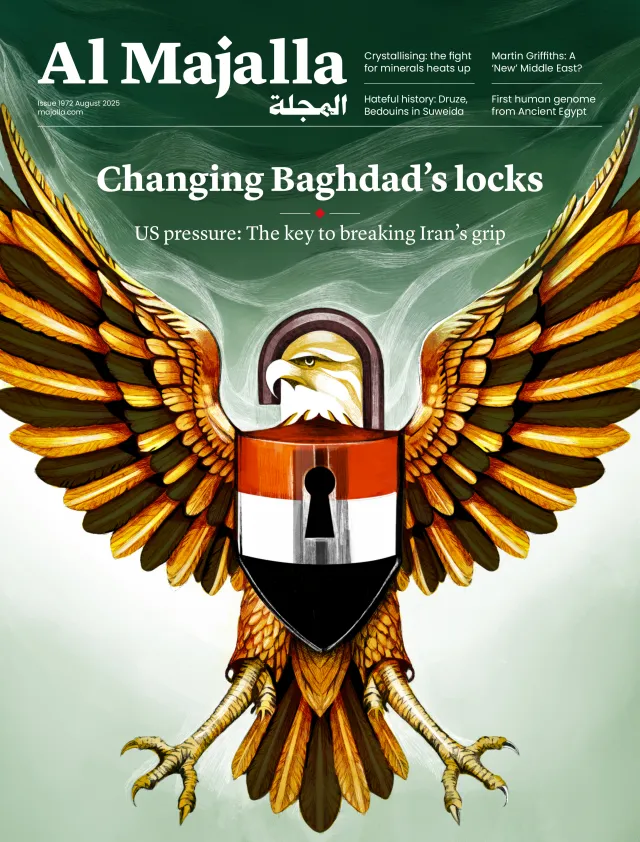At first glance, it may appear that the current sectarian tensions in Syria are a recent development. In truth, these tensions have deep roots. In many cases, they are only now coming to the surface, after decades of dormancy. What was once whispered behind closed doors is now voiced openly.
Sectarian lines are being drawn, sides are being taken, and those not doing so leave themselves open to accusations. In a sense, it is an oddity to feel extreme loyalty to a characteristic or heritage one never chooses. After all, we do not choose our skin colour, ethnicity, gender, or sect, yet many are swept up in a wave of fanaticism to ‘defend’ those of the same ‘kind’ and to combat those who are different.
The crime in Suweida was just that: a crime. Likewise, the killings on the coast in March, and the near-daily occurrences throughout the country. Each demands condemnation, and each demands that perpetrators be held to account. We owe that not just to the victims but to the homeland and the new post-Assad state of Syria. Yet where there should be faith that this will happen, there is none.
Missing the Assads
A few weeks ago, while I was in Tartus on the Syrian coast, a friend who was originally from that region called me from Europe. A staunch opponent of the Assad regime, he has not set foot in Syria since its liberation, and told me that life on the coast today was unbearable—contrary to what I had heard from several Alawite acquaintances who are still in Syria.
“Life is much better now than it was two months ago,” they told me, so I assumed that my friend in Europe was exaggerating or simply wrong, yet he was adamant. “We’re starting to miss the days of Hafez and Bashar,” he said. His statement shocked me. Here was someone who had long opposed the Assads and spent years in their prison for doing so.




